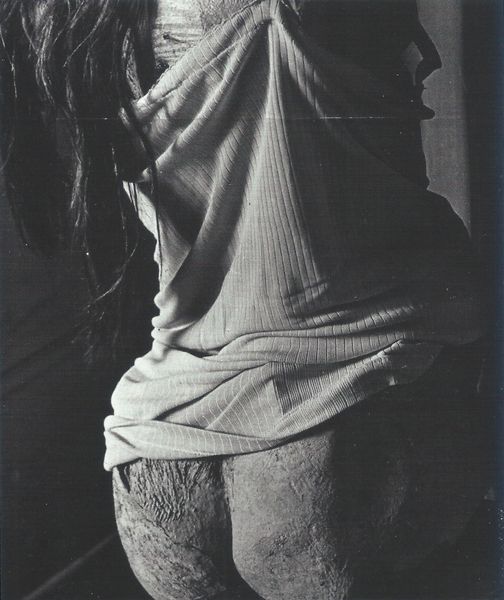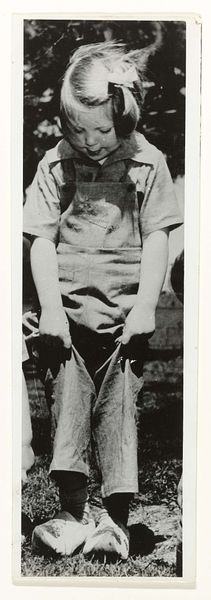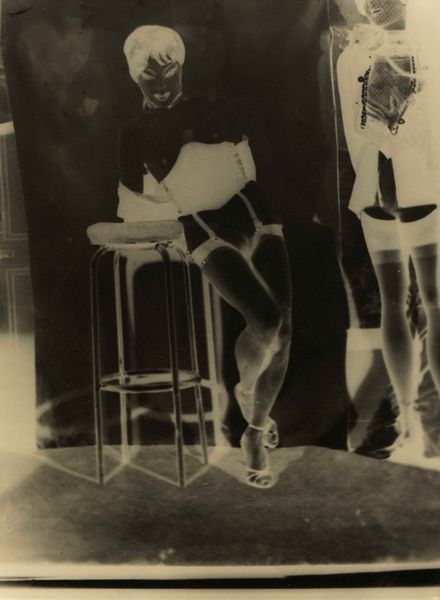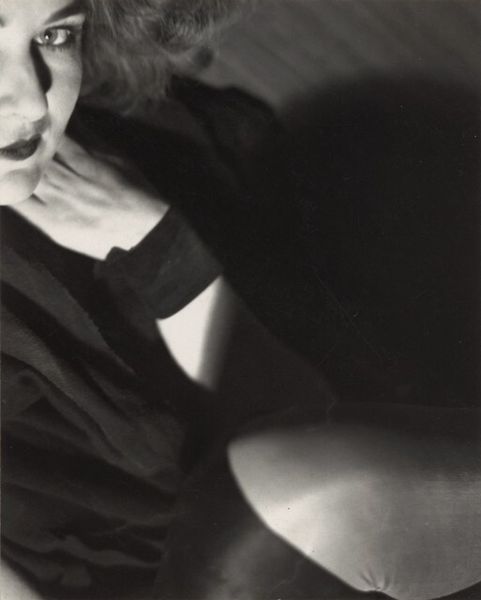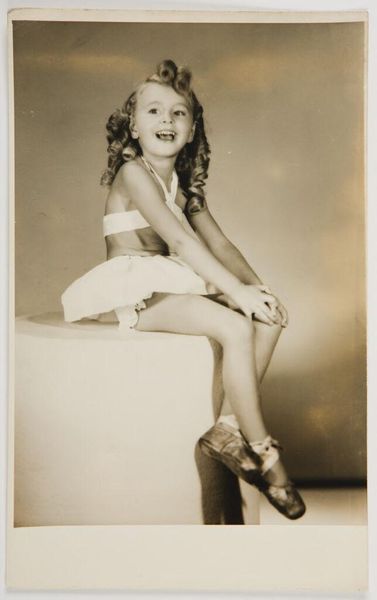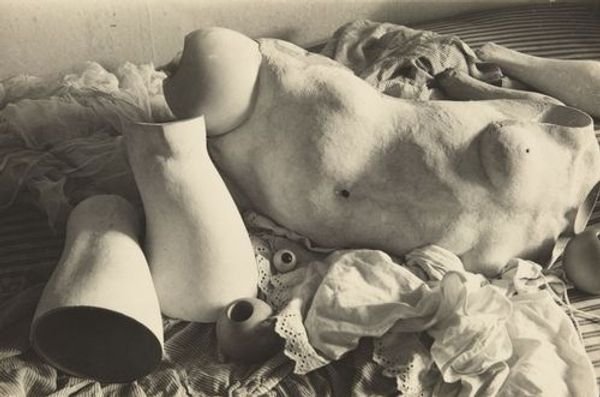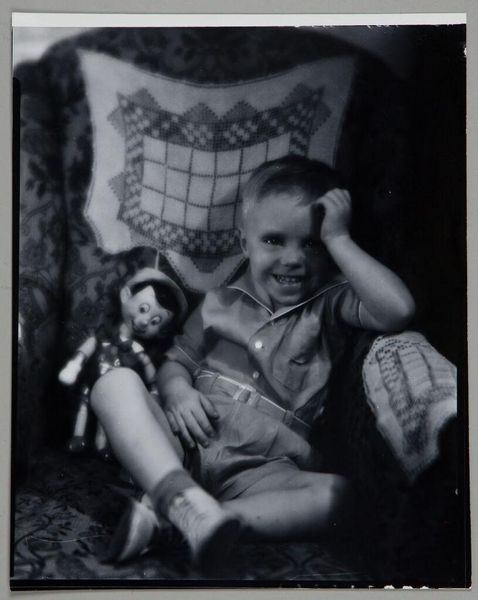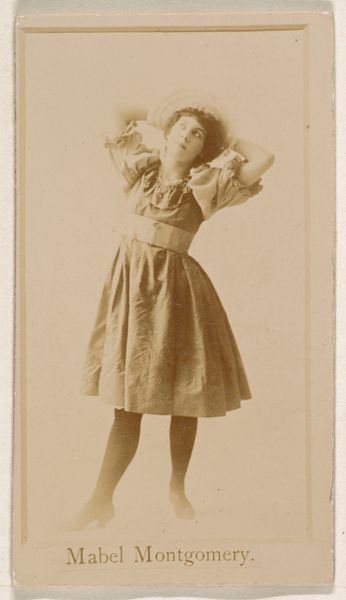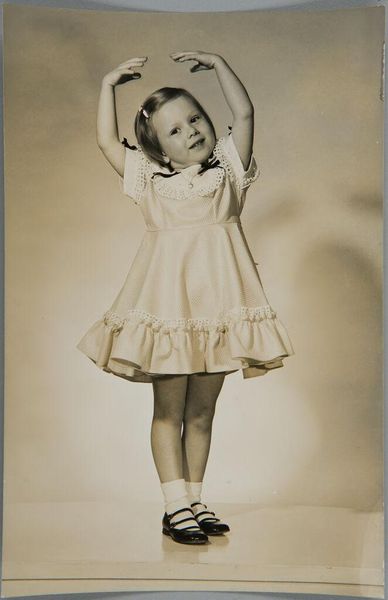
photography, photomontage
#
figuration
#
photography
#
photomontage
#
surrealism
#
erotic-art
#
monochrome
Copyright: Hans Bellmer,Fair Use
Editor: This is "The Doll" by Hans Bellmer, from 1934, rendered in photography, seemingly as a photomontage. The monochromatic image unsettles me a bit—it feels almost like a discarded mannequin or a broken toy. How do you interpret this work? Curator: As a materialist, I’m drawn to how Bellmer manipulated and reconstructed the doll, revealing a process that challenges conventional notions of the body. He was really pushing boundaries. Consider the fragmented form: it embodies the era's anxieties around industrialization, dehumanization, and the commodification of the female body. It is far removed from traditional ways of representing women in art, wouldn't you say? Editor: Absolutely. It definitely breaks away from idealization. How does photomontage play into the message? Curator: By using photomontage, Bellmer emphasizes the manufactured nature of desire and the constructedness of identity. He lays bare the mechanisms of production and their potential to distort and re-shape the human form. Also, consider the setting, which speaks to questions of labour and eroticism and to Bellmer's political views. Editor: That's fascinating. So, he's not just showing us a broken doll, he's using the materials and the process to critique larger societal forces. Curator: Precisely. By looking at the work’s materiality and its means of production, we can understand its critical stance on the fetishization and objectification of the female form in a rapidly changing world. Editor: I see it now. The act of making and unmaking becomes just as important as the final image. Thank you. Curator: My pleasure. Remember, the way in which things are created often informs their deeper meanings.
Comments
No comments
Be the first to comment and join the conversation on the ultimate creative platform.
